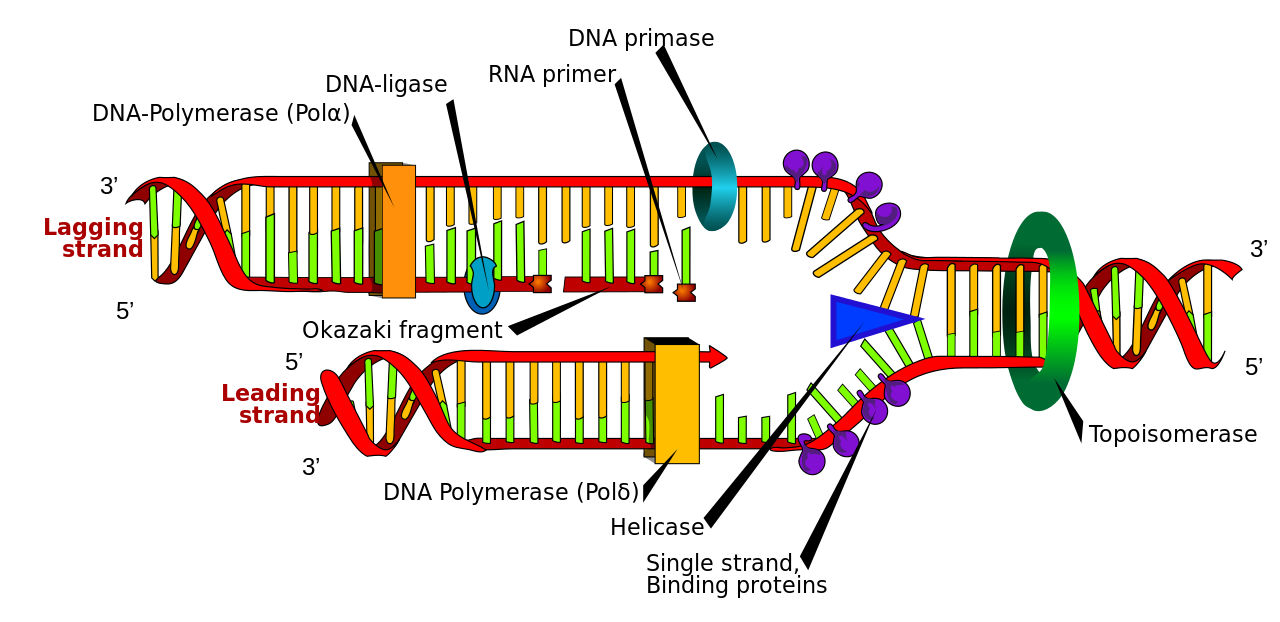


Less than 2% of the genome codes for proteins.For over 50% of the discovered genes, the functions are unknown.About 99.9% nucleotide bases are the same in all people. However, HGP gave an estimate of about 30,000 genes. The original estimate of the number of genes was 80,000 to 1,40,000 genes.However, sizes vary greatly, with the largest human gene being ‘dystrophin’ that has 2.4 million bases. There are 3164.7 million nucleotide bases in the human genome.Therefore, the sequence of chromosome 1 (the last chromosome to be sequenced) was completed only in May 2006. Subsequently, the sequences are annotated and assigned to each chromosome.Special computer-based programs are used to arrange and align the DNA sequences based on overlapping regions present in them.These sequences work on the principle of Frederick Sanger’s method. Next, the fragments are sequenced using automated DNA sequencers.This amplifies each DNA fragment so that it can be sequenced easily. These fragments are then cloned into a suitable host (bacteria or yeast) using special vectors such as Bacterial Artificial Chromosomes (BAC) or Yeast Artificial Chromosomes (YAC). First, total DNA is isolated from a cell and converted into random, small-size fragments since it is difficult to sequence long pieces of DNA.Sequence Annotation – This blind approach involved sequencing the whole genome (coding and non-coding) and later assigning functions to the different regions.ĭNA sequencing involves the following steps:.Expressed Sequence Tags (ESTs) – This approach focussed on identifying all genes expressed as RNA.Therefore, scientists have also sequenced many non-human organisms such as bacteria, yeast, fruit fly, plants etc.

We can understand their natural capabilities and apply them towards solving problems in human healthcare, agriculture, energy production etc. The benefits of this project are that it can lead to revolutionary new ways to diagnose, treat and prevent human diseases.īesides the human genome, information about the genomes of non-human organisms can also be very helpful. It involved contributions from other countries too such as Japan, Germany, China, France etc. HGP was a 13-year project, coordinated by the National Institute of Health (NIH) and the U.S. Address the ethical, legal and social implications of the project on society.Necessitate technology transfer to other sectors like industries.Develop new tools to obtain and analyze data and make the information widely available.Store all the sequencing data in databases.Provide a complete and accurate sequence of the 3 billion base pairs that make up the human genome.Identify all the genes in the human genome (approximately 20,000-25,000 genes).Therefore, HGP aided the rapid development of another field in biology – Bioinformatics. This large amount of data would also need computational devices with high speed to store, retrieve and analyze the data. Then if each page has 1000 letters and each book has 1000 pages, we will need 3300 such books to store the genetic information from a single cell! If the cost of sequencing is US $ 3 per base pair, then the cost of the entire project would be approximately US $ 9 billion! Moreover, let’s say the sequencing data were to be stored in books. the complete set of genes) has approximately 3 x 10 9 base pairs. The aims of this project reveal the magnitude and the requirements of this project. The advances in genetic engineering techniques have made this project possible. The Human Genome Project (HGP) was a mega project launched in the year 1990.


 0 kommentar(er)
0 kommentar(er)
